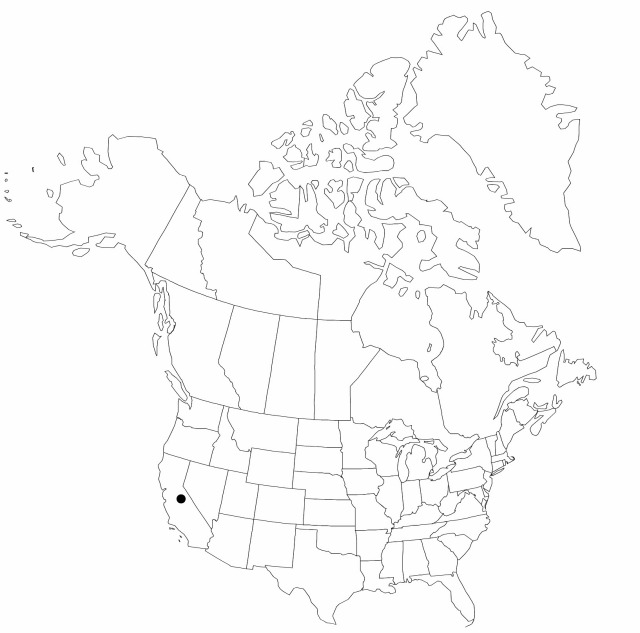Difference between revisions of "Rhynchospora kunthii"
Enum. Pl. 2: 296. 1837.
FNA>Volume Importer |
imported>Volume Importer |
||
| (3 intermediate revisions by 2 users not shown) | |||
| Line 6: | Line 6: | ||
|place=2: 296. 1837 | |place=2: 296. 1837 | ||
|year=1837 | |year=1837 | ||
| + | }} | ||
| + | |special_status={{Treatment/ID/Special_status | ||
| + | |code=F | ||
| + | |label=Illustrated | ||
}} | }} | ||
|basionyms= | |basionyms= | ||
| Line 11: | Line 15: | ||
|name=Rhynchospora schaffneri | |name=Rhynchospora schaffneri | ||
|authority=Boeckeler | |authority=Boeckeler | ||
| + | |rank=species | ||
}} | }} | ||
|hierarchy=Cyperaceae;Rhynchospora;Rhynchospora kunthii | |hierarchy=Cyperaceae;Rhynchospora;Rhynchospora kunthii | ||
| Line 34: | Line 39: | ||
-->{{#Taxon: | -->{{#Taxon: | ||
name=Rhynchospora kunthii | name=Rhynchospora kunthii | ||
| − | |||
|authority=Nees ex Kunth | |authority=Nees ex Kunth | ||
|rank=species | |rank=species | ||
| Line 48: | Line 52: | ||
|publication title=Enum. Pl. | |publication title=Enum. Pl. | ||
|publication year=1837 | |publication year=1837 | ||
| − | |special status= | + | |special status=Illustrated |
| − | |source xml=https:// | + | |source xml=https://bitbucket.org/aafc-mbb/fna-data-curation/src/2e0870ddd59836b60bcf96646a41e87ea5a5943a/coarse_grained_fna_xml/V23/V23_396.xml |
|genus=Rhynchospora | |genus=Rhynchospora | ||
|species=Rhynchospora kunthii | |species=Rhynchospora kunthii | ||
Latest revision as of 20:40, 5 November 2020
Plants solitary or in small tufts, (5–)10–70 cm, clonal; rhizomes strongly present, stoloniferous. Culms leafiest toward base, ± trigonous, slender. Leaves: basal leaves spreadingascending, distal more erect, mostly exceeded by culms (except in highaltitude forms); blades proximally flat or strongly folded, 1.5–4 mm wide, apex trigonous, subulate. Inflorescences: spikelet clusters (2–)3–5, compact, proximalmost widely spaced, turbinate to ovoid; peduncles ascending; branches ascending to spreading; leaf bracts exceeding proximalmost clusters, exceeded by distal cluster. Spikelets deep redbrown to nearly black, ovoid, 3–4 mm, apex acute; fertile scales ovate, 2.5–3 mm, apex acute, midrib included or shortexcurrent. Flowers: perianth bristles 6, some short, some extending to or nearly to tubercle base, antrorsely barbellate. Fruits 2–3 per spikelet, 2–2.1 mm; body pale yellowbrown, lenticular, broadly ellipsoidobovoid, 1.3–1.6 × 1–1.2 mm; surfaces transversely irregularly rugulose, intervals with rows of vertical, narrowly rectangular alveolae; tubercle evenly or concavely triangular, 0.5–0.6(–0.7) mm.
Phenology: Fruiting late spring–summer.
Habitat: Marsh meadows, seeps, boggy sites
Elevation: 1000–3500 m
Distribution

Calif., Mexico, South America (Colombia).
Discussion
Selected References
None.
